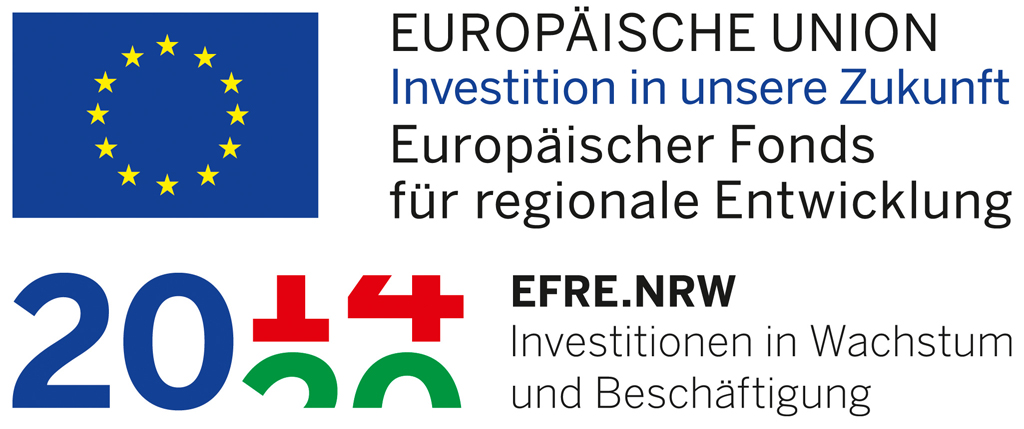Microwave Photonics GmbH (MWP) receives funding from the European Union and INTERREG partners for developing a photonic skin cancer sensor.
European fund for regional development
The European INTERREG-V-A program supports strategic cross-border cooperation to create a more prosperous and sustainable region. The INTERREG-V-A project ROCKET Reloaded finances new innovation projects in the German-Dutch border region. ROCKET Reloaded aims to strengthen the German-Dutch ecosystem in key technologies. This includes photonics, nanotechnology, micro- and nanoelectronics, microsystems and new materials. The German-Dutch program is managed by four regional organizations: Oost NL, BC Semi NL, NMWP.NRW, and TAFH Münster. Within the ROCKET Reloaded program, MWP now receives funding from the European Union and the INTERREG financers.
SkinBall project
In the SkinBall project, MWP and partners successfully proposed the development of a novel photonic sensor for skin monitoring. To realize the innovative SkinBall vision, Microwave Photonics now receives funding from the European Commission and INTERREG partners within the ROCKET Reloaded prgram. MWP is the lead partner of the SkinBall project.
In the SkinBall project, we will develop a lightweight photonic sensor for skin-cancer detection with our partners: Mintres BV, University Duisburg-Essen, and University Hospital Essen. Our motivation is to develop a mobile instrument that can be used by clinic facilities and practitioners to monitor healthy and non-healthy skin. This way, we want to simplify skin monitoring and contribute to early skin-cancer detection.
Photonics is the key technology that we will exploit in the sensor for signal generation, detection, and transmission. The idea is to measure the permittivity of skin. Photonics will allow us to transport the signals between the skin and a read-out unit over optical fiber. Since optical fiber is a lightweight and flexible transmission media, this approach enables us to develop a compact and easy-to-handle sensor for skin monitoring.

